Home>Gardening & Outdoor>Outdoor Structures>What Is Better: Composite Or Wood Decking?
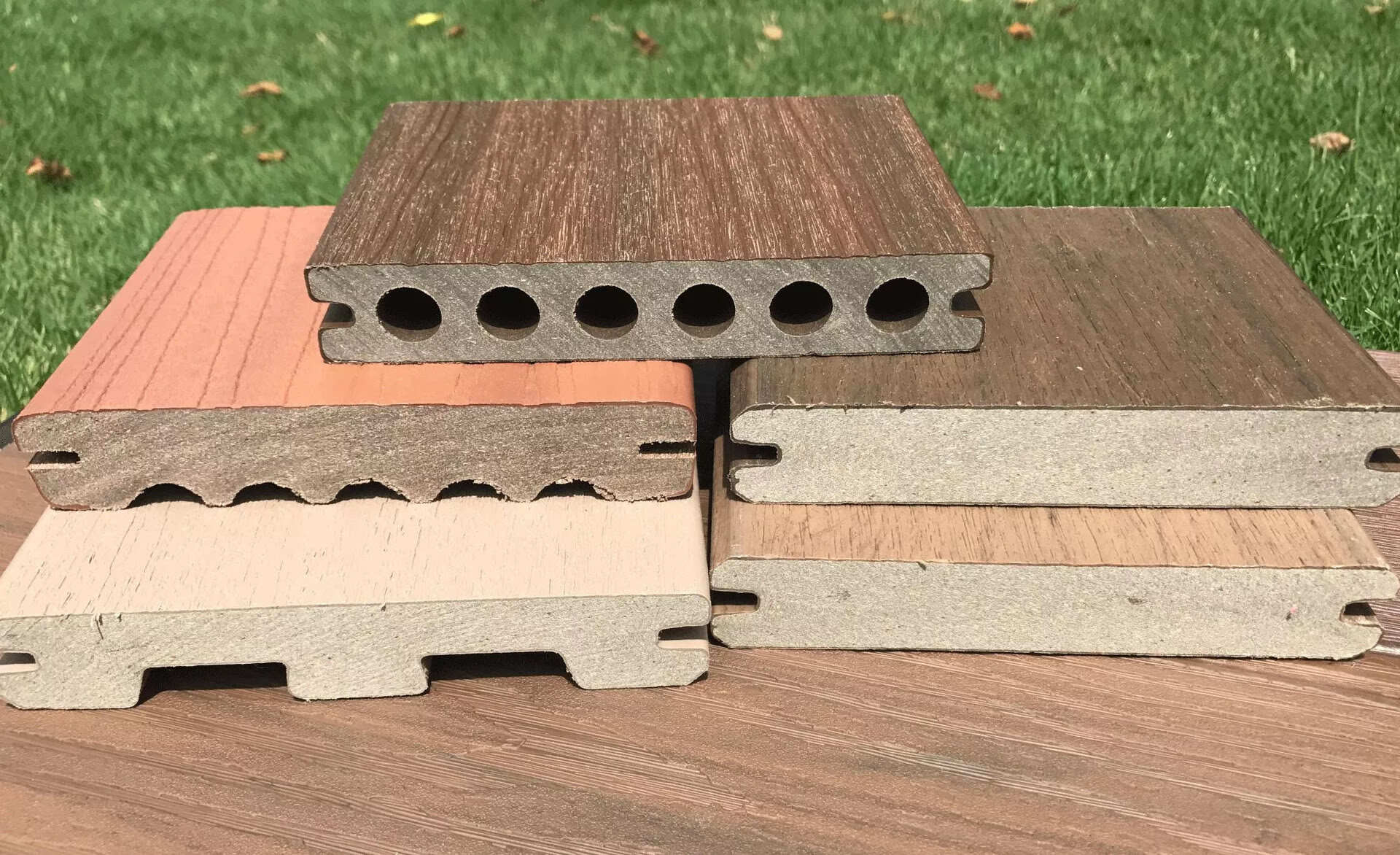

Outdoor Structures
What Is Better: Composite Or Wood Decking?
Modified: January 9, 2024
Discover the pros and cons of composite and wood decking for your outdoor structures. Make an informed choice for your next project.
(Many of the links in this article redirect to a specific reviewed product. Your purchase of these products through affiliate links helps to generate commission for Storables.com, at no extra cost. Learn more)
Introduction
When it comes to enhancing outdoor living spaces, few additions can rival the charm and functionality of a well-crafted deck. Whether you envision hosting lively gatherings or simply unwinding in the embrace of nature, choosing the right decking material is paramount. Two popular options that often spark debates among homeowners and designers are composite and wood decking. Each material boasts unique characteristics, making the decision a matter of personal preference, practicality, and long-term satisfaction.
In this comprehensive guide, we will delve into the key considerations of both composite and wood decking, shedding light on their costs, durability, maintenance requirements, aesthetics, and environmental impact. By the end of this exploration, you will be equipped with the knowledge to make an informed choice, ensuring that your envisioned deck becomes a stunning reality that aligns with your lifestyle and values. Let's embark on this enlightening journey to unravel the nuances of composite and wood decking, empowering you to make a decision that resonates with your vision for the perfect outdoor retreat.
Key Takeaways:
- Composite decking may cost more upfront, but its durability and low maintenance requirements can lead to long-term savings. It offers versatile aesthetics and eco-friendly attributes, making it a compelling choice for a hassle-free and sustainable outdoor retreat.
- Wood decking exudes timeless charm and natural warmth, but it requires more maintenance and may incur long-term replacement expenses. It appeals to those seeking classic aesthetics and eco-friendly options, provided the wood is responsibly sourced.
Read more: Which Is Better: Composite Or PVC Decking
Cost
One of the primary factors influencing the choice between composite and wood decking is the upfront cost. Wood decking, typically constructed from pressure-treated lumber, cedar, or redwood, often presents a more budget-friendly option. The initial investment for wood decking materials is generally lower than that of composite decking, making it an appealing choice for those seeking an economical solution.
On the other hand, composite decking, crafted from a blend of wood fibers and recycled plastic, tends to carry a higher initial price tag. However, it’s essential to consider the long-term financial implications. While wood decking may have a lower upfront cost, it often requires more frequent maintenance, staining, sealing, and eventual replacement due to rot, splintering, and insect damage. In contrast, composite decking, despite its higher initial investment, offers substantial long-term savings. Its durability and minimal maintenance requirements translate to lower upkeep expenses and longer lifespan, ultimately offsetting the initial cost disparity.
Moreover, the cost of installation should be factored into the equation. The installation of composite decking may involve higher labor costs due to its specific requirements, such as hidden fastening systems and specialized tools. Conversely, wood decking installation is generally more straightforward, potentially leading to lower installation expenses.
When evaluating the cost aspect, it’s crucial to consider the overall financial outlook, weighing the initial expenditure against the long-term savings and the value derived from a durable, low-maintenance decking solution that aligns with your lifestyle and aesthetic preferences.
Durability
When contemplating the longevity of a deck, durability emerges as a pivotal consideration. Wood decking, while exuding a timeless appeal, is inherently susceptible to various forms of wear and tear. Exposure to the elements, including moisture, UV rays, and temperature fluctuations, can lead to warping, cracking, and decay in traditional wood decks. This necessitates regular maintenance, such as sealing, staining, and potentially replacing damaged boards to uphold the deck’s structural integrity over time.
Conversely, composite decking, engineered to withstand the rigors of outdoor environments, offers remarkable durability. Its composition, typically a fusion of wood fibers and high-quality polymers, confers resistance to rot, splintering, and insect infestation. Furthermore, composite decking exhibits superior resistance to fading, staining, and mold growth, ensuring that its aesthetic allure endures through the seasons with minimal upkeep.
Notably, composite decking’s durability extends beyond its capacity to withstand environmental stressors. Many composite decking products are backed by extensive warranties, often surpassing those offered for traditional wood decking. These warranties provide homeowners with added peace of mind, safeguarding their investment and reinforcing the manufacturer’s confidence in the product’s long-term performance.
Ultimately, the durability aspect underscores the importance of selecting a decking material that can weather the elements, sustain its structural integrity, and retain its visual allure over the years. By opting for a durable decking solution, homeowners can relish their outdoor oasis without the constant concern of extensive maintenance or premature replacement.
Maintenance
When it comes to maintaining a deck, the disparity between wood and composite decking becomes pronounced, influencing the overall ownership experience. Traditional wood decking demands regular and attentive maintenance to prolong its lifespan and uphold its visual appeal. This includes periodic cleaning, staining, and sealing to shield the wood from moisture, UV exposure, and other environmental factors that can compromise its integrity.
Furthermore, wood decks are susceptible to splintering, warping, and decay, necessitating vigilant inspections and prompt repairs to mitigate potential safety hazards and preserve the deck’s functionality. The frequency of these maintenance tasks can be influenced by the specific type of wood used, the climate, and the level of foot traffic the deck endures.
Conversely, composite decking offers a liberating departure from the demanding upkeep associated with wood decks. Its low-maintenance nature stems from its resistance to rot, mold, and insect damage, as well as its enduring colorfastness. Unlike wood decking, composite decks do not require staining, sealing, or painting, significantly reducing the time and effort invested in upkeep.
Typically, a periodic cleaning with mild soap and water, along with routine inspections for any signs of wear or damage, suffices to keep a composite deck looking pristine. This streamlined maintenance regimen allows homeowners to spend more time enjoying their outdoor haven and less time laboring over arduous upkeep tasks.
By weighing the maintenance requirements of wood and composite decking, homeowners can make an informed decision that aligns with their lifestyle and priorities. Whether seeking the timeless charm of wood with its associated maintenance commitments or opting for the hassle-free allure of composite decking, the maintenance aspect plays a pivotal role in shaping the long-term satisfaction derived from a deck.
When choosing between composite and wood decking, consider the maintenance required. Composite decking is low maintenance, while wood decking requires regular staining and sealing.
Aesthetics
Decking materials play a pivotal role in shaping the visual ambiance of outdoor spaces, and the aesthetic appeal of a deck is often a decisive factor for homeowners. Wood decking, renowned for its natural warmth and timeless allure, evokes a sense of rustic charm and organic beauty. The rich grains, earthy hues, and distinct textures of wood lend a classic elegance to any outdoor setting, seamlessly blending with diverse architectural styles and natural surroundings.
Moreover, wood decking offers the opportunity for customization through staining and painting, allowing homeowners to tailor the deck’s appearance to their unique preferences and the overarching design scheme of their outdoor living space. The ability to accentuate or alter the wood’s natural tones presents a canvas for creative expression, enabling the creation of a bespoke deck that harmonizes with the homeowner’s vision.
On the other hand, composite decking has evolved to emulate the authentic look and feel of wood while offering an array of color options, finishes, and textures. Modern composite decking products often showcase realistic wood grain patterns and a diverse palette of hues, providing homeowners with versatile design possibilities. Whether seeking the rustic charm of cedar, the timeless appeal of redwood, or contemporary shades, composite decking caters to an extensive spectrum of aesthetic preferences.
Furthermore, composite decking’s colorfast nature ensures that its initial allure endures without the need for periodic staining or painting. This characteristic, coupled with its resistance to fading and staining, reinforces the enduring visual impact of composite decking, allowing homeowners to relish a vibrant and pristine deck without the concerns of color degradation.
Ultimately, the choice between wood and composite decking from an aesthetic standpoint hinges on personal style, architectural context, and the desired visual narrative of the outdoor sanctuary. Whether drawn to the organic charisma of wood or enticed by the diverse design options and enduring allure of composite decking, the aesthetic dimension holds the power to shape a captivating outdoor retreat that resonates with the homeowner’s sensibilities.
Read more: Which Is Better: Trex Or Composite Decking?
Environmental Impact
The environmental footprint of decking materials is an increasingly significant consideration in the decision-making process, reflecting a growing awareness of sustainability and ecological responsibility. Wood decking, sourced from responsibly managed forests or reclaimed wood, embodies a natural and renewable material choice. When sourced from certified sustainable forestry practices, wood decking can align with eco-conscious principles, contributing to forest conservation and carbon sequestration. Additionally, the biodegradability of wood decking at the end of its lifespan further underscores its eco-friendly attributes.
However, concerns arise regarding the environmental impact of certain wood species harvested from vulnerable ecosystems and the potential for deforestation and habitat degradation. To mitigate these concerns, homeowners can opt for wood decking certified by credible forestry stewardship programs, ensuring that the wood originates from well-managed forests with a commitment to environmental preservation and biodiversity conservation.
Conversely, composite decking, composed of a blend of wood fibers and recycled plastic, presents a compelling eco-friendly alternative. By incorporating recycled materials, composite decking contributes to waste reduction and the repurposing of post-consumer plastics, diverting them from landfills and lessening the demand for virgin plastics. Moreover, the durability and longevity of composite decking translate to a reduced frequency of replacement, minimizing the consumption of natural resources over time.
It’s important to note that the production processes of composite decking, particularly the energy-intensive manufacturing of plastic components, raise environmental considerations. However, advancements in sustainable manufacturing practices and the incorporation of recycled content in composite decking underscore the industry’s efforts to mitigate its environmental impact and embrace a more sustainable ethos.
Ultimately, the environmental impact of decking materials encompasses a complex interplay of factors, including material sourcing, production processes, durability, and end-of-life considerations. Whether drawn to the natural charm of wood decking or inclined towards the eco-conscious attributes of composite decking, homeowners can make an informed choice that aligns with their environmental values and contributes to the stewardship of our planet’s natural resources.
Conclusion
Choosing between composite and wood decking entails a multifaceted evaluation encompassing cost, durability, maintenance, aesthetics, and environmental impact. Each material presents a distinct set of attributes, catering to diverse preferences, practical considerations, and environmental consciousness. The decision ultimately hinges on aligning these factors with the homeowner’s vision for an ideal outdoor retreat.
Wood decking, with its timeless appeal and natural warmth, resonates with those drawn to its classic aesthetics and organic charm. While wood decking may demand more rigorous maintenance and exhibit susceptibility to environmental stressors, its renewable nature and potential for responsible sourcing align with eco-friendly aspirations. Additionally, the initial cost advantage of wood decking may appeal to those seeking an economical solution, albeit with the acknowledgment of long-term maintenance and replacement expenses.
On the other hand, composite decking emerges as a compelling choice for homeowners prioritizing durability, low maintenance, and versatile aesthetics. Its resistance to rot, fading, and insect damage, coupled with a diverse array of color options and realistic wood grain patterns, positions composite decking as a durable and visually captivating alternative. The eco-conscious attributes of composite decking, including the utilization of recycled materials and reduced long-term resource consumption, resonate with those committed to sustainable living practices.
Ultimately, the decision between composite and wood decking is a deeply personal one, intertwining lifestyle preferences, design aspirations, budget considerations, and environmental values. By weighing the distinct advantages of each material and aligning them with individual priorities, homeowners can embark on a transformative journey to create an outdoor sanctuary that encapsulates their unique vision and ethos.
Whether embracing the rustic allure of wood decking or embracing the enduring allure and eco-friendly ethos of composite decking, the journey towards crafting the perfect outdoor retreat culminates in a space that harmonizes with nature, reflects personal style, and fosters cherished moments for years to come.
Frequently Asked Questions about What Is Better: Composite Or Wood Decking?
Was this page helpful?
At Storables.com, we guarantee accurate and reliable information. Our content, validated by Expert Board Contributors, is crafted following stringent Editorial Policies. We're committed to providing you with well-researched, expert-backed insights for all your informational needs.
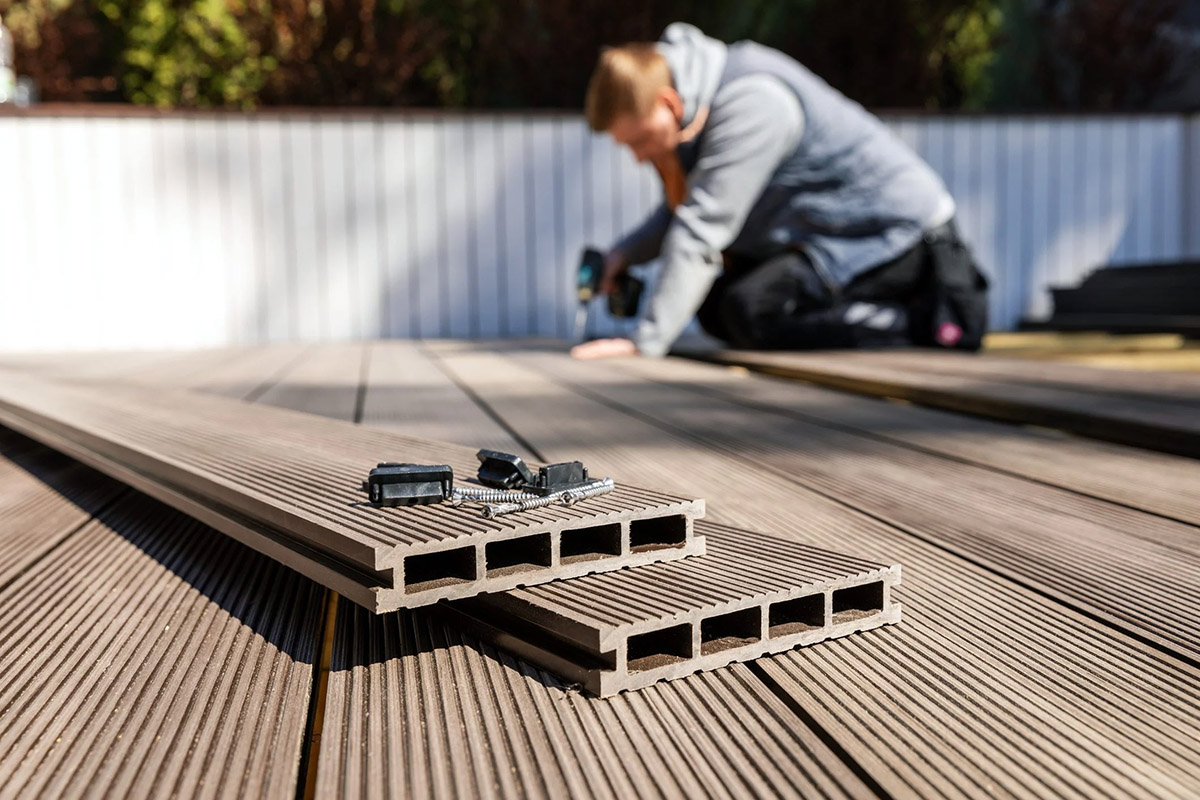
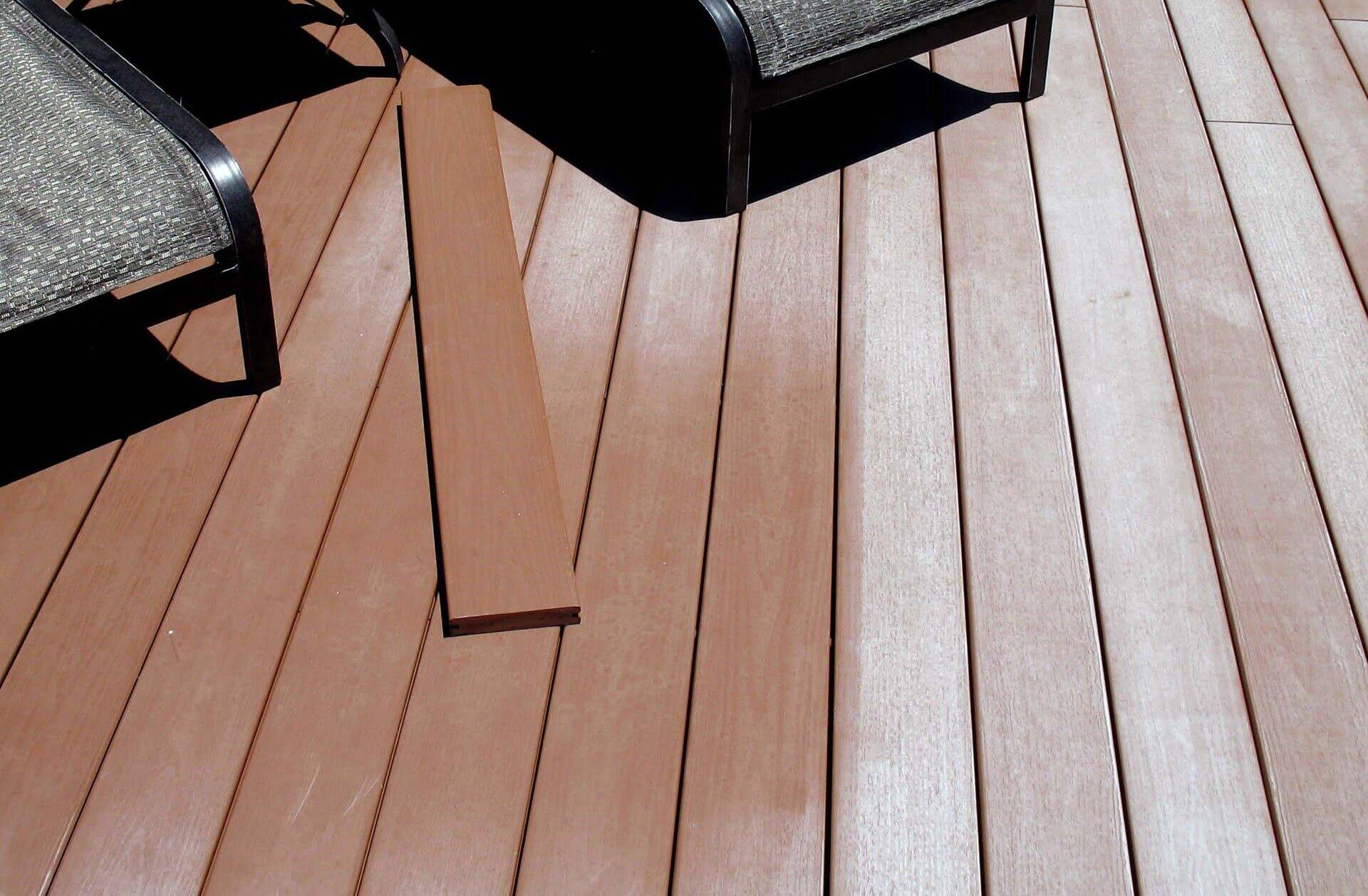
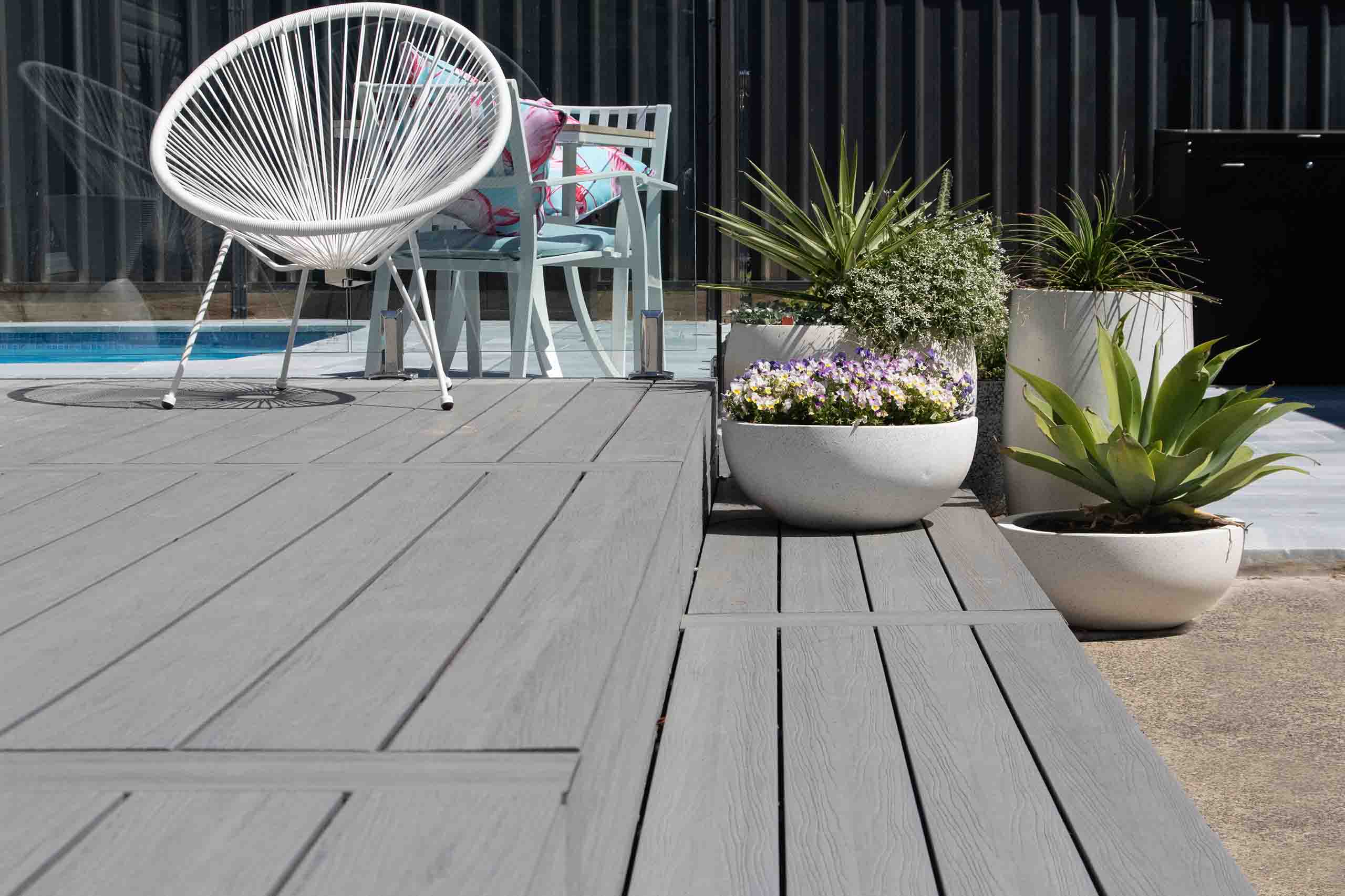
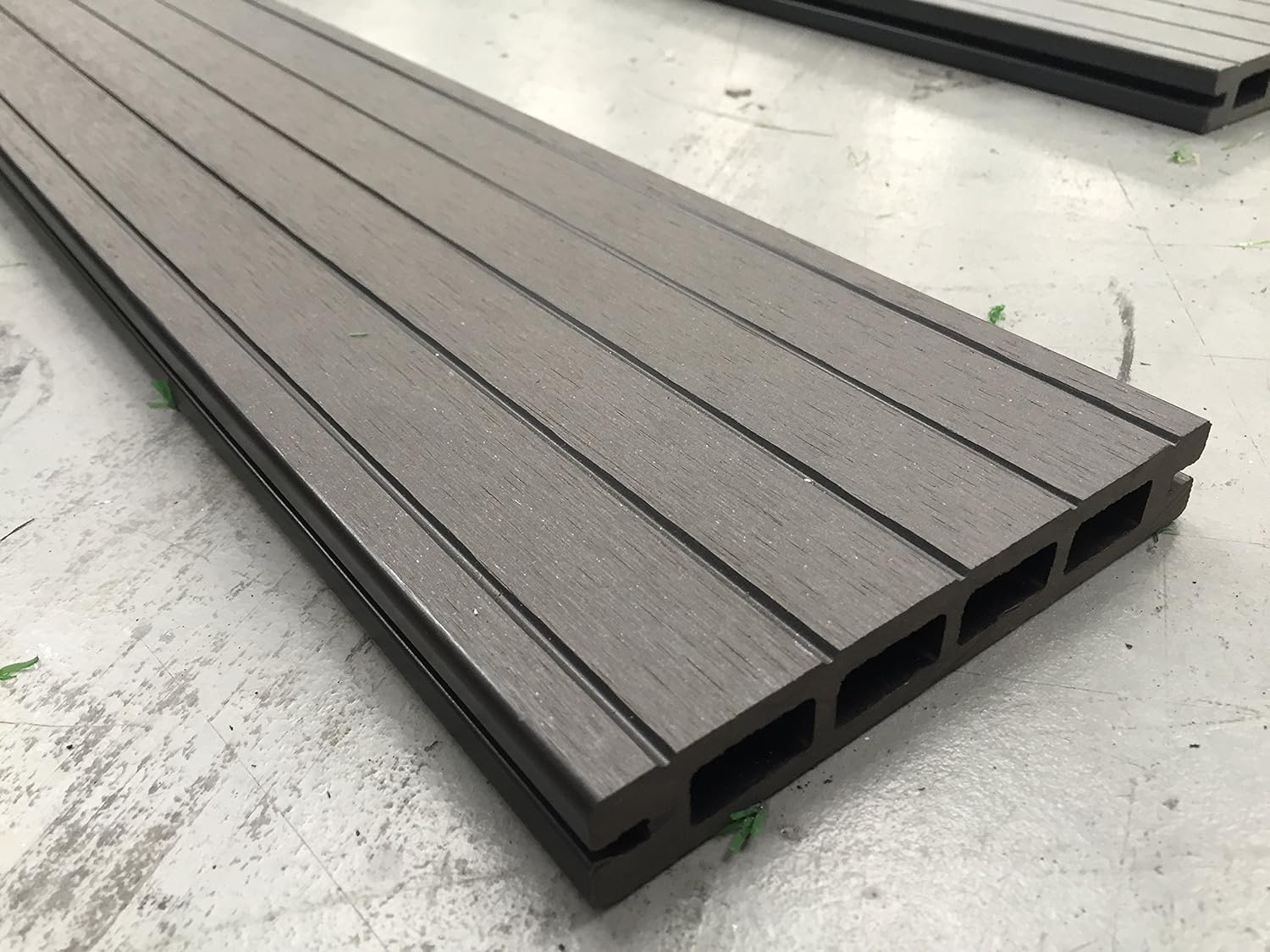
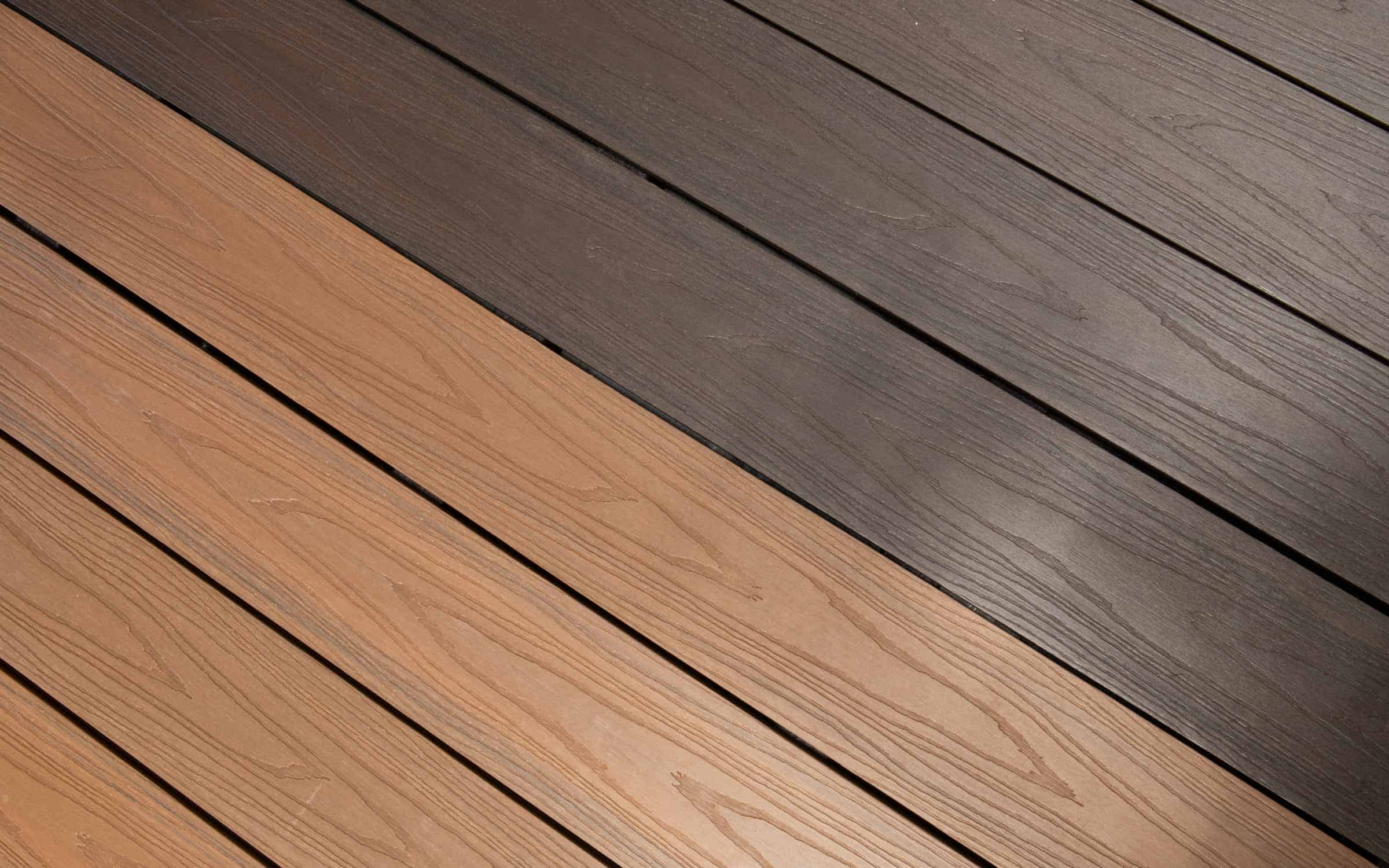
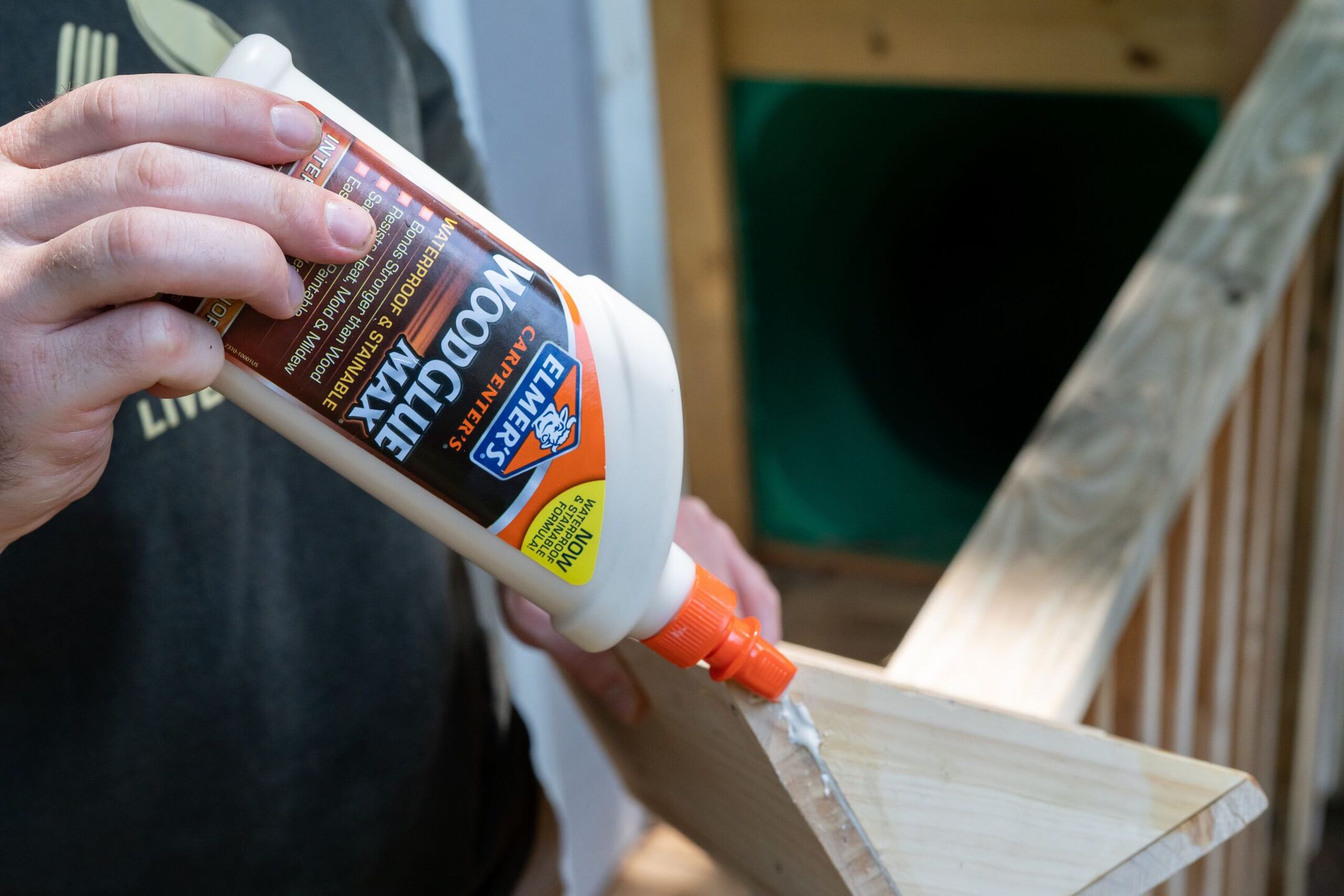
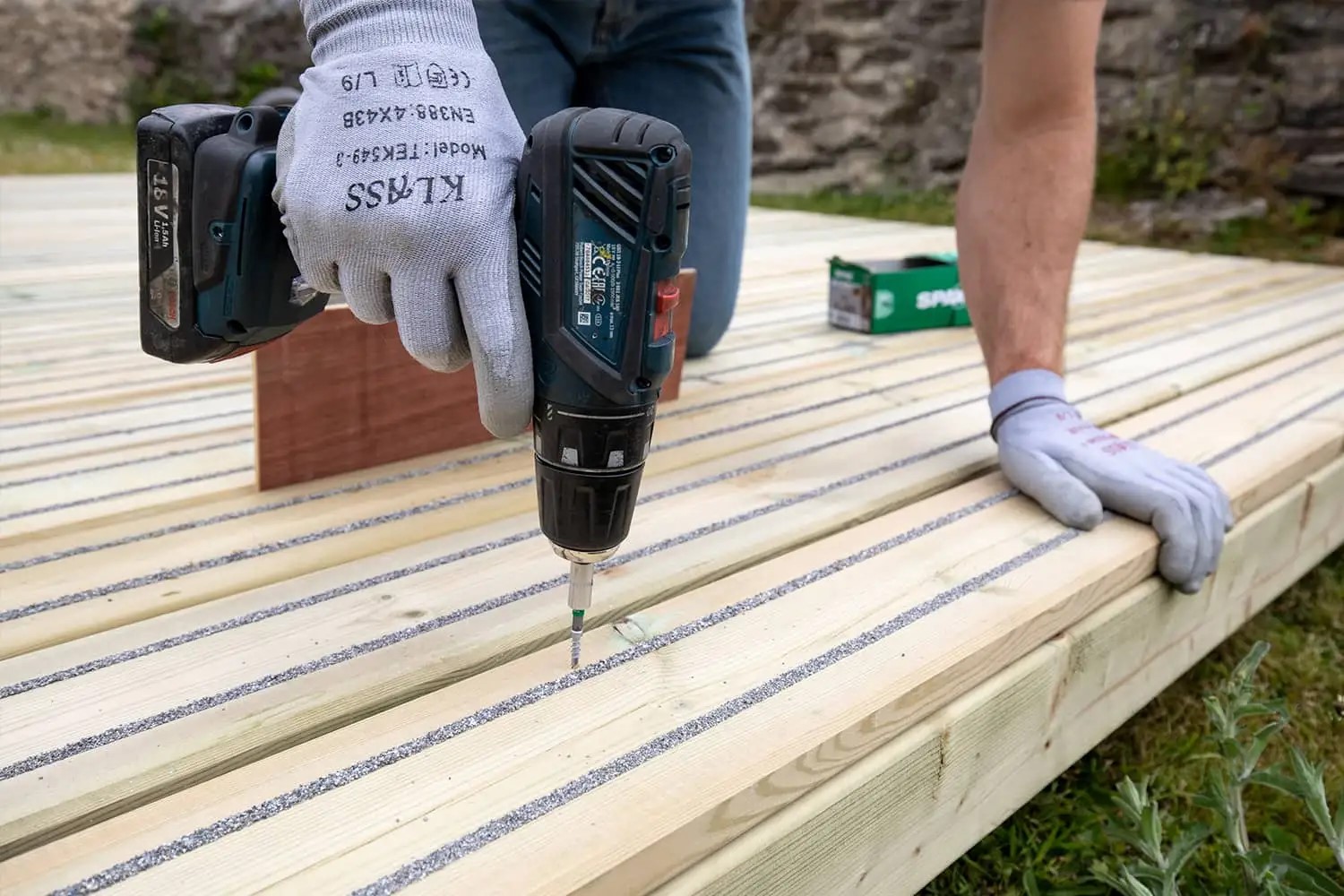
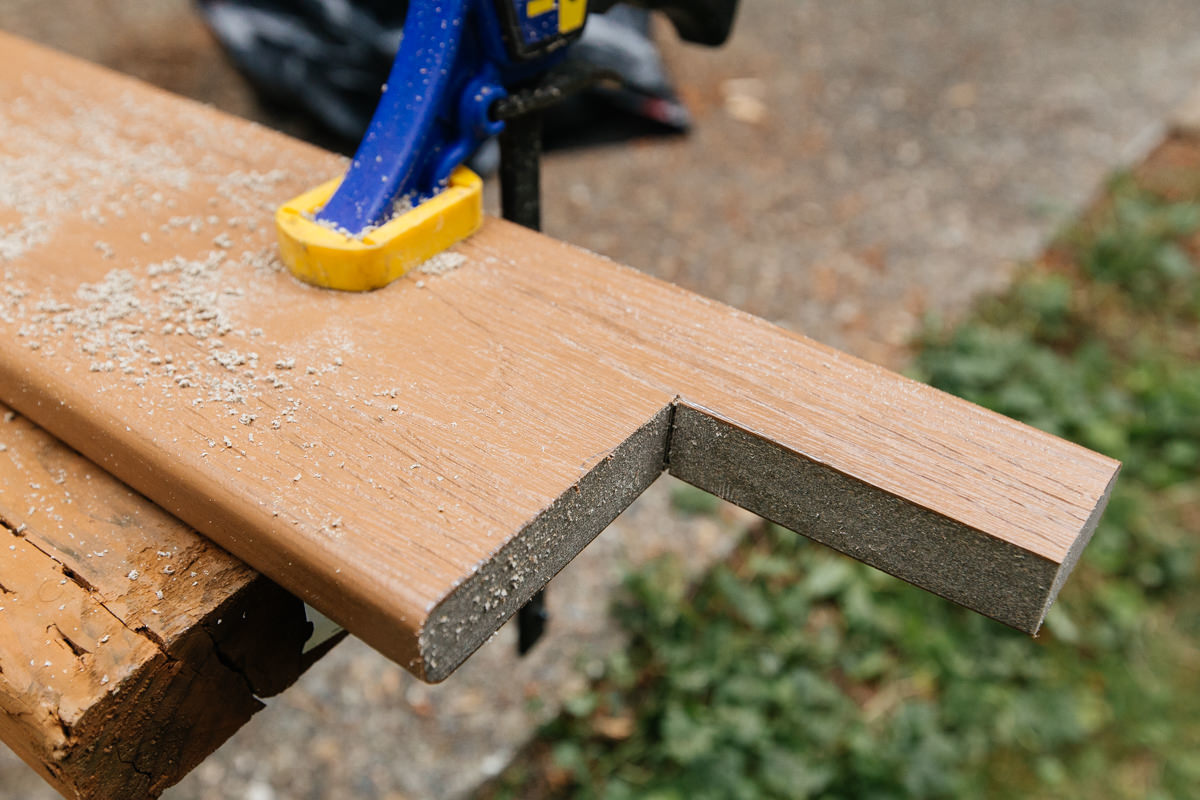
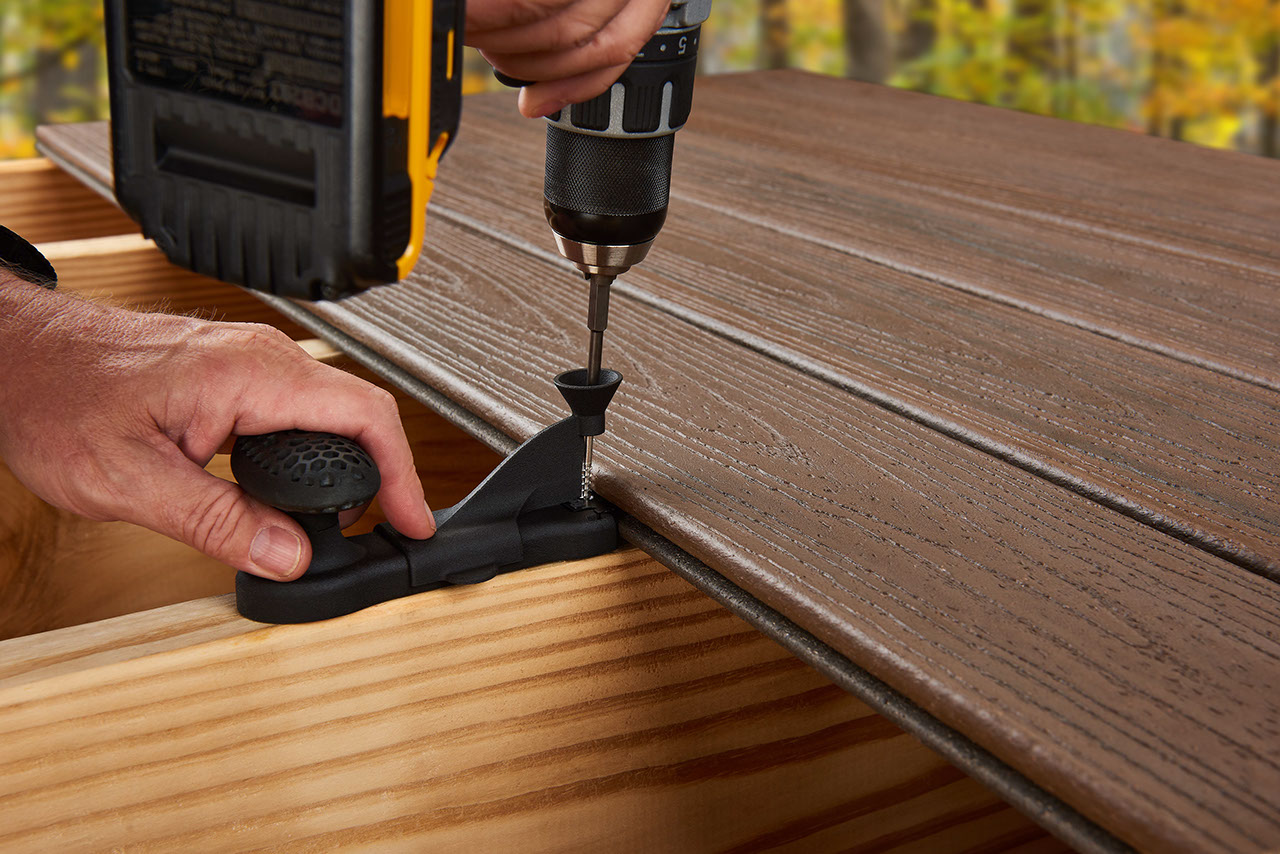
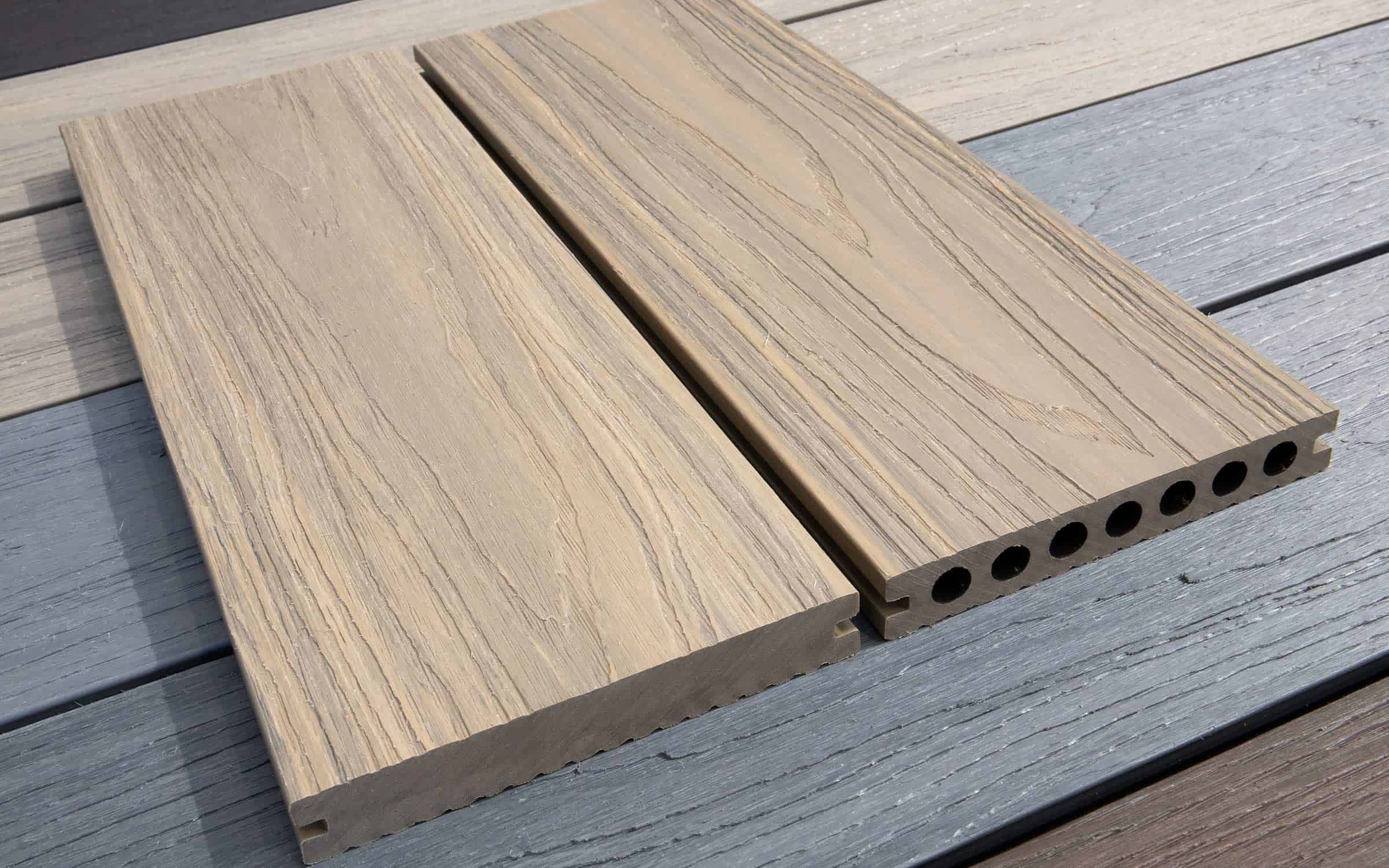

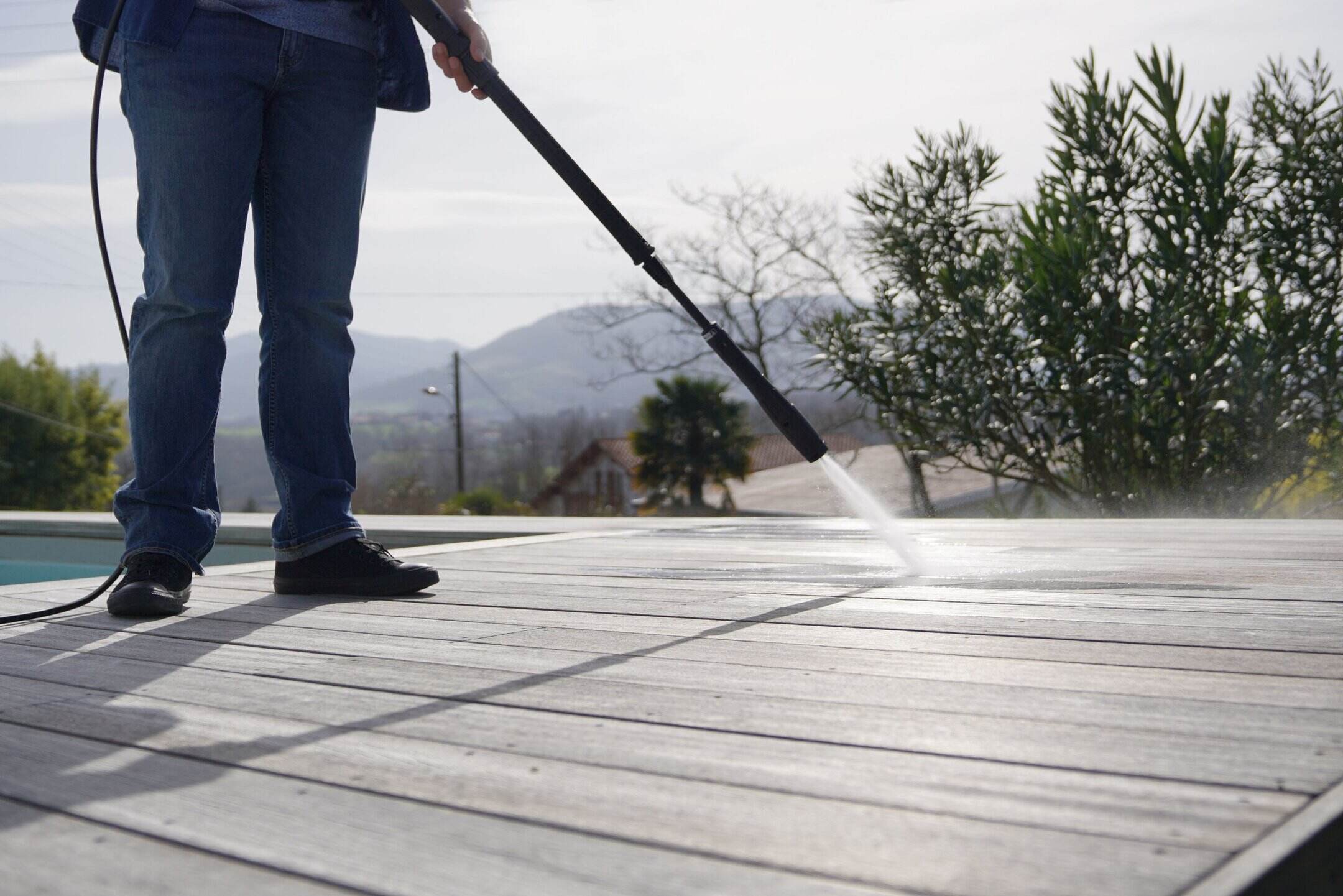
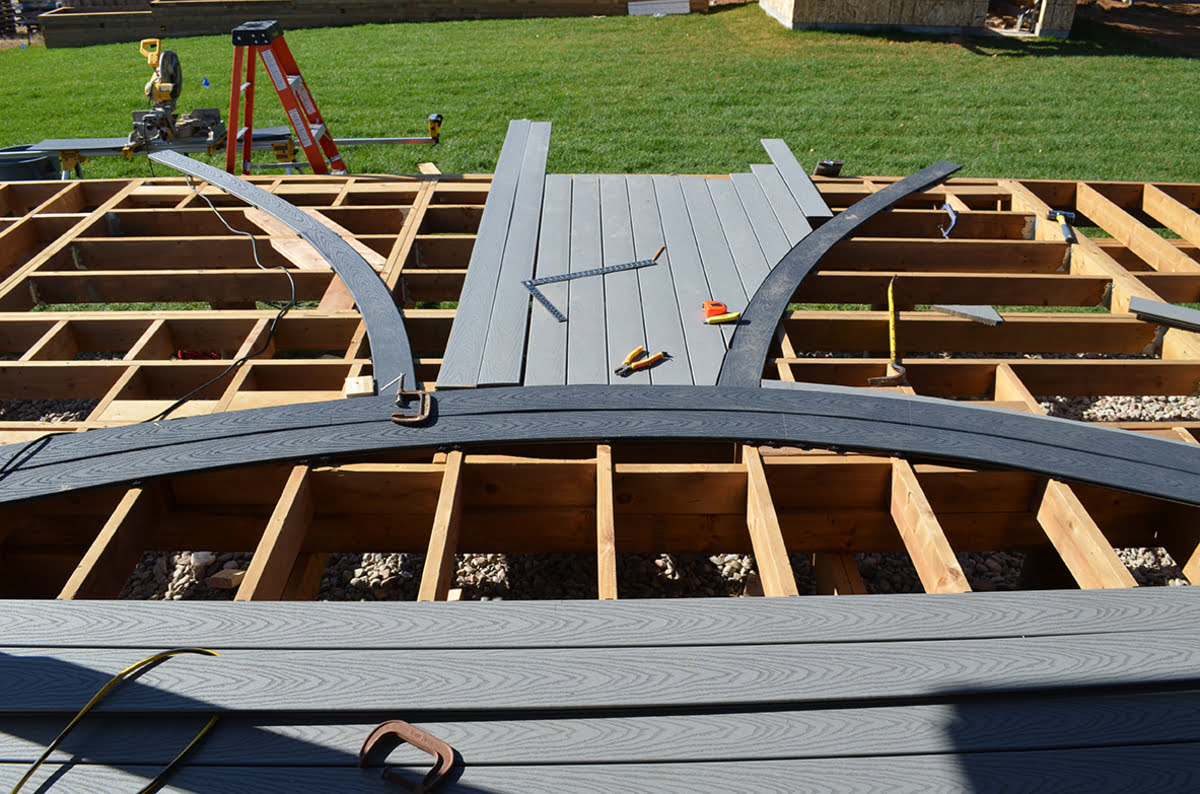


0 thoughts on “What Is Better: Composite Or Wood Decking?”